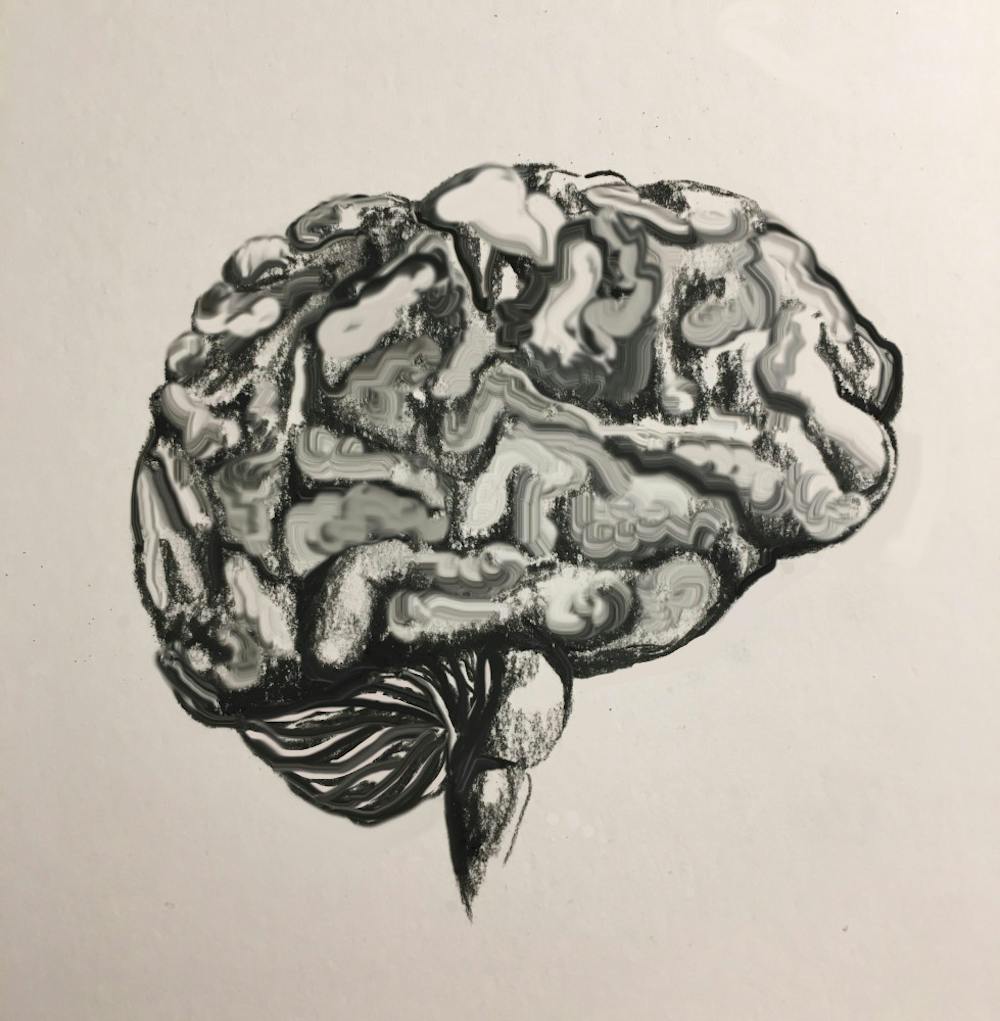Researchers have shown that an experimental brain implant allows individuals with paralysis to control a cursor on a tablet computer. The study marks another step toward the group’s ultimate goal of restoring forms of communication to individuals with neurological impairments, said Krishna Shenoy, professor of engineering at Stanford University and a senior author of the paper.
The study comes from a team of researchers working as part of BrainGate, which has labs at Stanford, Brown and Case Western Reserve University that are focused on designing brain-computer interfaces to aid patients with neurological deficits.
The study, published in November, is the first to show that patients can use a brain-computer interface machine to control a cursor and “click” on an unmodified tablet, according to Jaimie Henderson, a neurosurgeon at Stanford and one of the study’s senior authors. This is the first time the technology is being tested on a standard tablet without any special software or design, he said.
Participants in the study navigated tablet apps, such as an email program, a weather app, a web browser and a chat interface, said Leigh Hochberg ’90, professor of engineering and a senior author of the study. The tasks required users to navigate a cursor across the tablet screen and initiate clicks by thinking about moving their own hand, he added.
The BrainGate implant is responsible for sensing an individual’s brain signals and sending that information to a series of processors that translate the signals into cursor navigation and “clicking,” Hochberg said.
The whole system consists of a device that is implanted in the region of the brain responsible for movement and a set of processors that use mathematical methods to read the brain signals, Shenoy said. “At the heart of the technology is the so-called ‘decoder,’ … and this is a mathematical algorithm that is able to translate electrical impulses from many different neurons into a continuous movement signal for a computer cursor,” he explained.
Since this is the first time this type of technology has been applied to an unmodified tablet, the study acts as a “proof of concept” that the BrainGate system can be used functionally on unaltered hardware, Henderson said.
“We can actually start to see how these systems could be used in the real world by individuals with paralysis,” said Vikash Gilja, a researcher at the University of California at San Diego who was not affiliated with this study but has previously worked with BrainGate. This study shows how brain-computer interface technology can function successfully on a more generalized level, since the participants completed more practical and commonplace computer tasks, he added.
With an eye to the future, the team looks to improve the system and continue progressing toward better functionality and technology. “Right now, it’s possible to use these systems, but they don’t move as quickly or as accurately as you might want them to,” Shenoy said.
According to Henderson, advancements in neuroscience and improvements in the machine itself lie ahead.“The human brain is a big place with a lot of complexity, and we’re only scratching the surface of that complexity and how it can be leveraged to improve our ability to use assistive devices,” Henderson added.
On a similar note, Hochberg stressed the need for future improvement in calibration, external hardware and personnel.
After 14 years of development, the BrainGate system has functioned with unmodified tablets, but there is more work to be done before the technology becomes widely available. The group hopes that one day the system will be able to restore communication to people with neurological damage, citing this new study as one step toward that goal.
“The participants in our trial … deserve enormous credit. They enroll in the trial not because they’re hoping to gain any personal benefit, but because they’re hoping to help us to develop and test this technology we … hope will help people with paralysis in the future,” Hochberg said.





